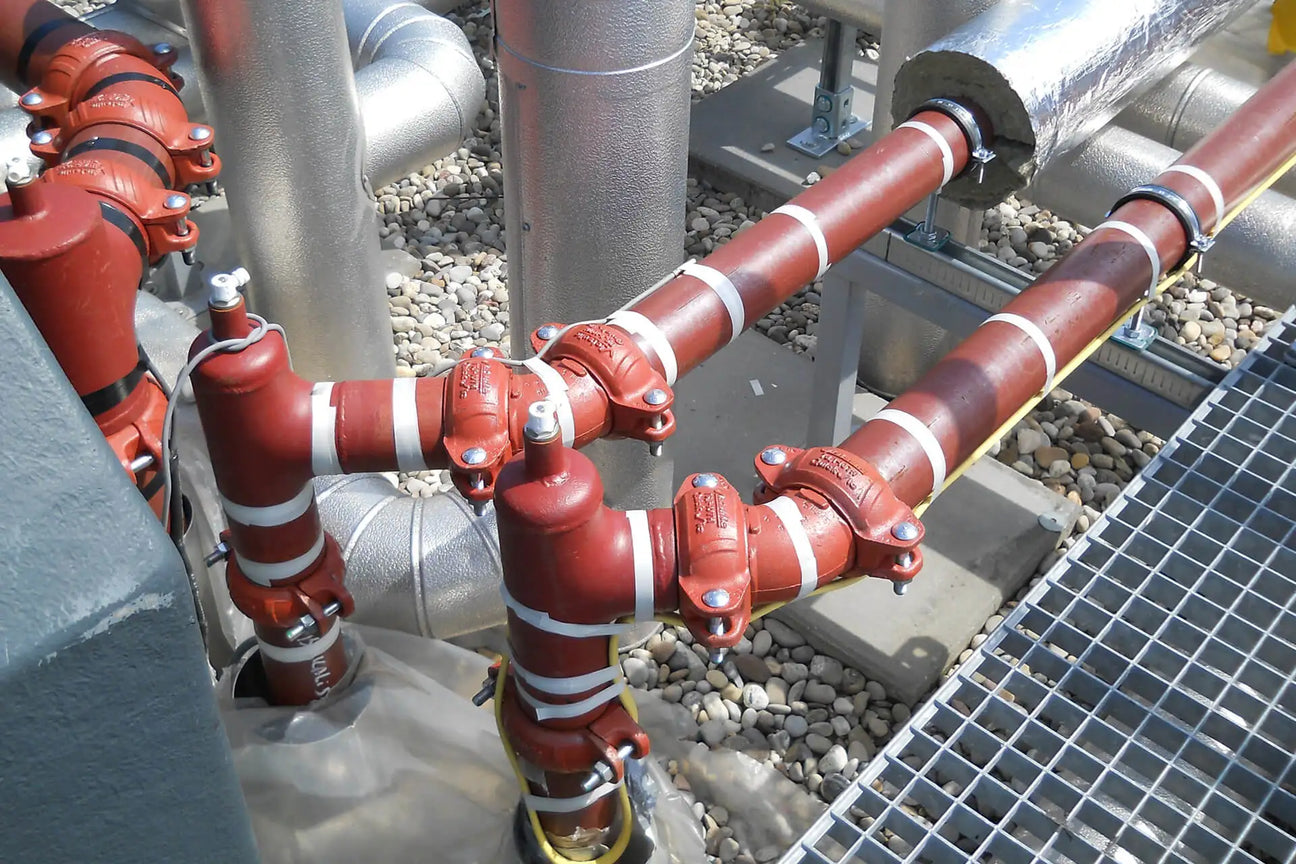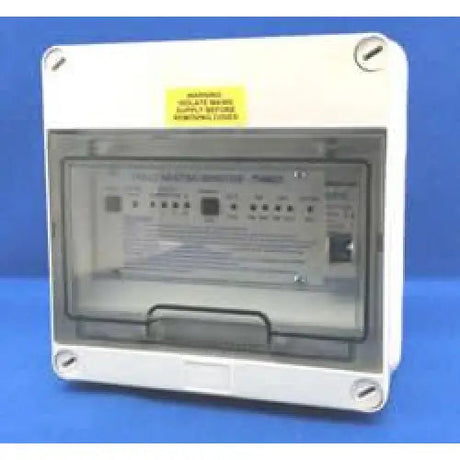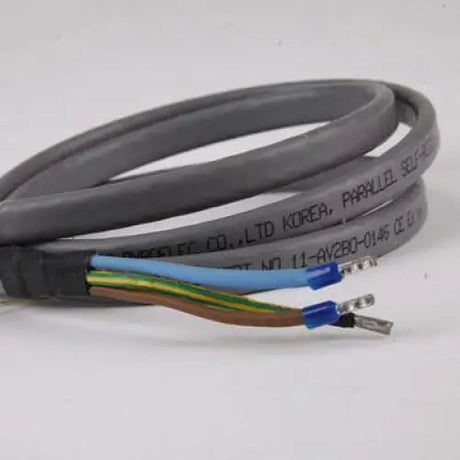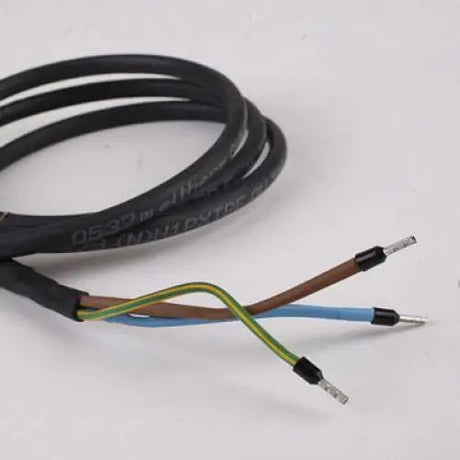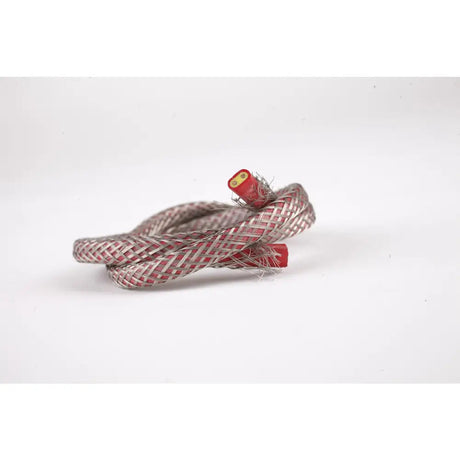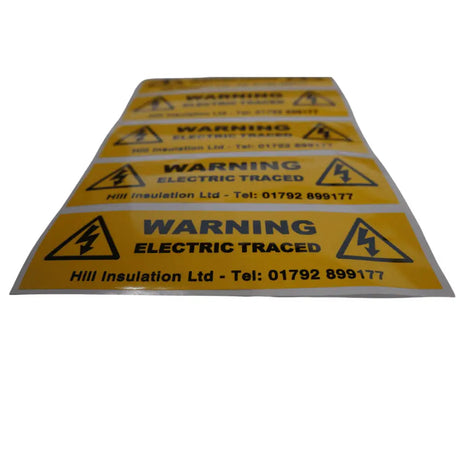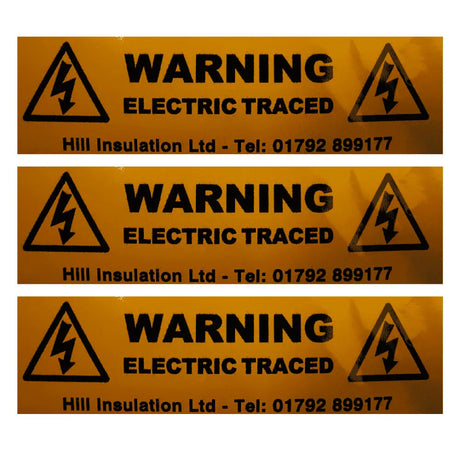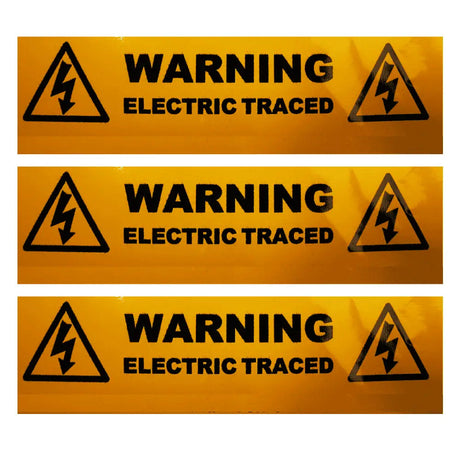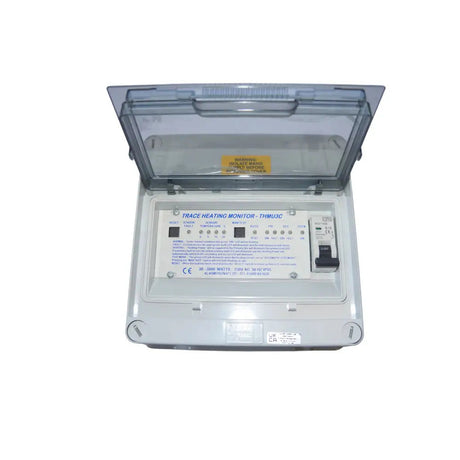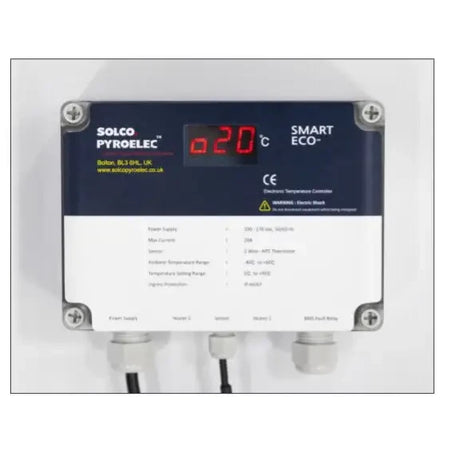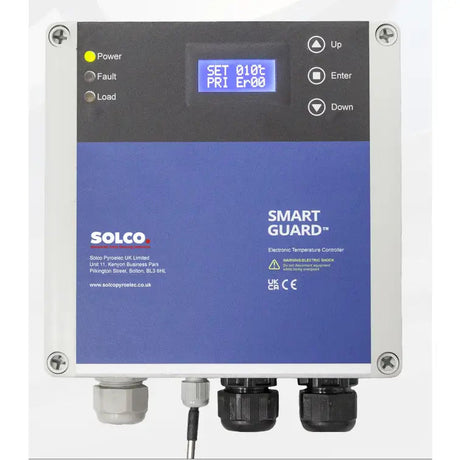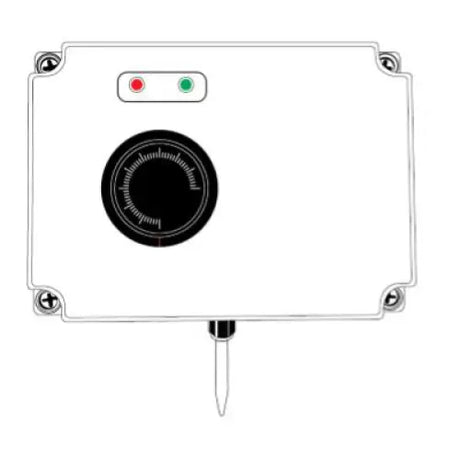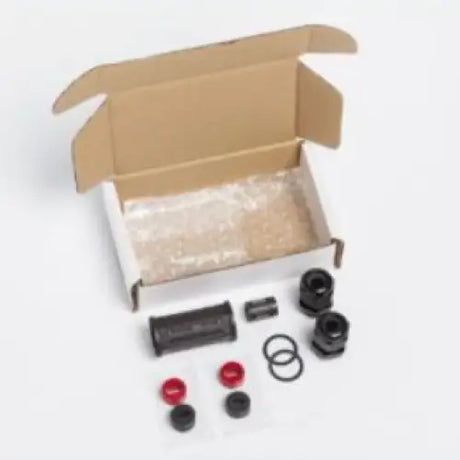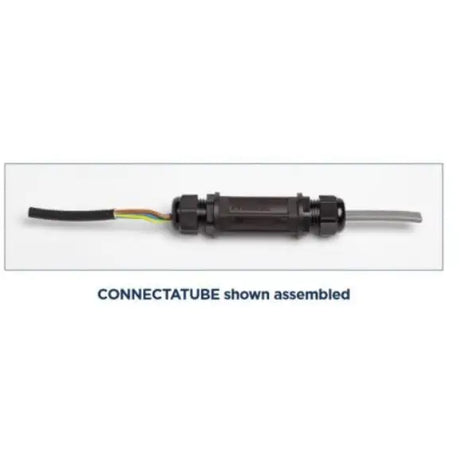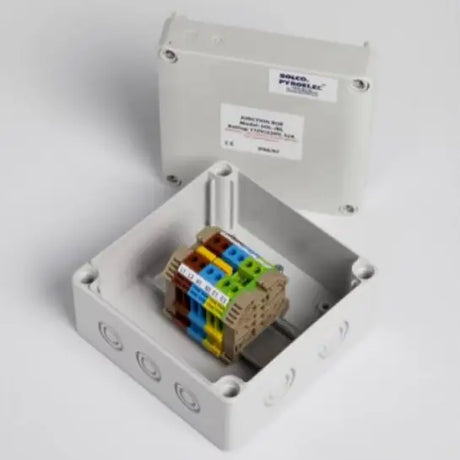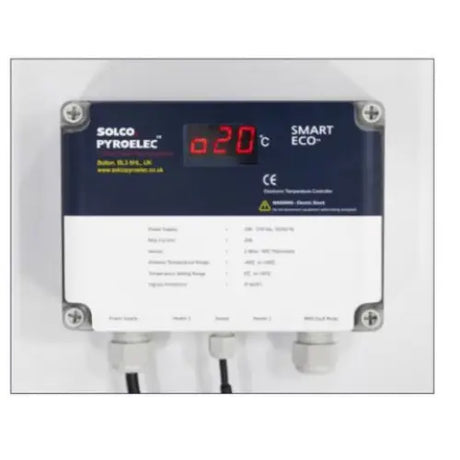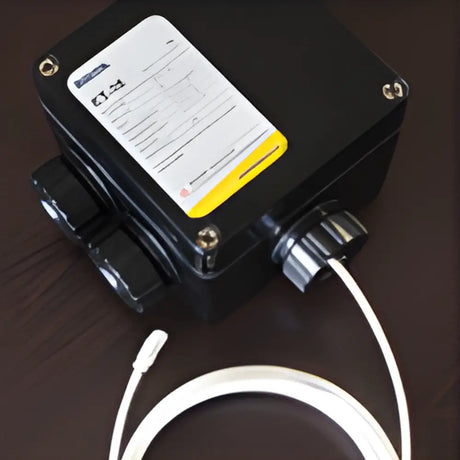Insulation & More
THMU Thermostat (Sprinkler Pipework Trace Heating Controller)
£28750Unit price /UnavailableInsulation & More
Self-Regulating Trace Heating Cable (10w/m Micro Cable)
From £911Unit price /UnavailableInsulation & More
Constant Wattage Parallel - Trace Heating Cable
From £465Unit price /UnavailableSolco Pyroelec
Solco Pyroelec SP-MT-30 Mechanical Temperature Controller
£12155Unit price /UnavailableIn stock
Guide to Trace Heating Systems
Trace heating systems provide targeted heating solutions for pipes, vessels, and other equipment to maintain optimal temperatures and prevent freezing. This guide covers key aspects of trace heating including components, design considerations, applications, and benefits.
Overview of Trace Heating Systems
Trace heating, also known as heat tracing, refers to an electrical heating system designed to maintain or raise the temperature of pipes, tanks, and other equipment. It works by running a heat tracing cable along the length of a pipe or vessel. As it warms, heat radiates through the insulation to the pipe, keeping fluids from freezing or maintaining necessary temperatures.
Trace heating is an alternative to heating entire spaces or external jacketed piping. By focusing heat where it is needed, trace heating maximizes energy efficiency. It also allows for targeted freeze and temperature maintenance solutions.
Key Components of a Trace Heating System
A trace heating system consists of three main components:
Heating Cables
Specialty heating cables designed for trace heating run along pipes, vessels, or other equipment. Key types include:
Self-regulating cables - Automatically adjust heat output based on temperature. As pipe temperature drops, output increases.
Constant wattage cables - Output a constant heat output per foot along their entire length.
Mineral insulated (MI) cables - Magnesium oxide insulation allows high temperature operation up to 537°C (1000°F).
Power limiting cables - Prevent overheating with self-regulating conductive polymer technology.
Series resistance cables - Wire wound element with resistance heating for high temperatures.
Temperature Controllers
Temperature controllers monitor system or ambient temperatures and adjust heating cable output to maintain desired set point. This optimizes energy use.
Electrical Protection Devices
Circuit breakers, fuses, or GFEPs (ground fault equipment protection) provide electrical protection against shorts, leaks, or overloads.
Design Considerations for Trace Heating Systems
Proper design is critical for an effective and energy efficient trace heating system:
Heat loss calculations - Heat loss analysis determines required heat output to offset losses and maintain temperatures.
Insulation - Properly insulating pipes or vessels is key to minimize losses.
Heating cable selection - Choose an appropriate cable type and output for the application.
Temperature control - Utilize temperature controllers and sensors to optimize heating and save energy.
Safety systems - Incorporate electrical protection devices, temperature limiting, and physical protection.
Key Applications of Trace Heating
Trace heating has a wide range of industrial, commercial, and residential uses:
Pipe freeze protection - Keeps water, gases, and other pipe contents from freezing.
Viscosity control - Maintains constant viscosity for oils, bitumen, and other fluids.
Hot water temperature maintenance - Keeps hot water supply lines hot.
Snow & ice melting - Melts snow on roofs, gutters, pipes, entryways.
Permafrost & soil heating - Prevents ground freezing around pipes and tanks.
Tank & vessel heating - Keeps contents at optimal temperature.
Benefits of Trace Heating Solutions
Compared to heating entire spaces or external jacketed piping, trace heating offers:
Energy efficiency - Focused heating where needed avoids waste.
Temperature optimization - Maintains constant, uniform temperatures.
Freeze protection - Prevents pipe bursts and flow disruptions.
Safety - Reduces slipping hazards from snow/ice.
Material savings - Allows use of thinner insulation.
Control - Adjustable, automated temperature control.
Easy installation - Wraps easily around pipes vs bulky insulation.
With its energy efficiency, optimized temperature control, and freeze protection capabilities, trace heating offers an invaluable tool for many heating applications. Proper system design and installation is key to realizing its full benefits.
Most Frequently Asked Questions About Trace Heating
What types of pipes commonly use trace heating?
Trace heating is commonly used on metallic pipes such as copper, steel, stainless steel, cast iron, and aluminum. It can also be used on nonmetallic pipes including PVC, CPVC, PP-R, PE, and PEX. Any pipe prone to freezing or that needs temperature maintenance can benefit.
How is heat-tracing cable affixed to pipes?
Self-regulating and constant wattage cables are typically secured with aluminum tape, glass cloth tape, or plastic cable ties spaced per the manufacturer's recommendations. MI heating cables require calcium silicate insulation covered in aluminum cladding.
What temperature range can trace heating operate?
Self-regulating cables typically operate from 4°C (40°F) to 150°F. Constant wattage cables range from 4°C (4°C (40°F)) to 232°C (450°F). MI cables allow temperatures up to 537°C (1000°F). The heating cable, insulation, and pipe material must be matched for proper operation.
How is the heat output of trace heating controlled?
Self-regulating cables automatically adjust their heat output based on temperature changes. Constant wattage cables require a temperature controller to maintain the desired temperature setpoint and optimize energy use.
Does trace heating require GFCI (ground fault circuit interrupter) protection?
Yes, NEC (National Electric Code) and many local codes require GFCI protection on electric heat tracing circuits. GFCIs shut off power in the event of a ground fault to prevent electrocution.
What impacts the heating cable length for a trace heating system?
The required heating cable length factors in the heat loss rate, pipe diameter, ambient conditions, and maintain temperature. A detailed heat loss calculation helps determine the correct cable length.
Can you bury trace heating cables underground?
Yes, for freeze protection of underground pipes and frost heave prevention, constant wattage, MI, or power limiting cables can be buried alongside pipes. Proper insulation is critical to efficiency.
What types of insulation work well with trace heating?
Polyurethane, polyethylene, fiberglass, calcium silicate, and other low conductivity insulation materials work best to minimize heat losses. Avoid foil-faced or vinyl insulation which can block heat transfer.
How does trace heating compare to heat tape?
Trace heating uses dedicated heater cables. Heat tape employs fabric tape wound with resistive wires. Heat tape is more rigid and best for shorter runs. Trace heating is more flexible for longer pipes.
Can you combine trace heating with metal cladding?
Yes, trace heating works well with metal jacketing like aluminum and aluzinc to improve heat distribution and weather protection. An inner insulation layer is still required.
What thermal maintenance applications use trace heating?
Hot oil lines, bitumen lines, steam lines, digesters, reactors, railroad tankers, and other process lines use trace heating for temperature maintenance critical to product viscosity, flow, and reactions.
Does trace heating require maintenance?
Annual inspections of heating cable condition, insulation, and electrical protection are recommended. Thermal scans can check for hot spots. Damaged cables or insulation should be repaired or replaced.
What electrical voltage does trace heating use?
Trace heating is commonly available in 120, 208, 240, 480, and 600 volt ratings. Higher temperatures and power outputs require higher voltages.Voltage should match power supply.
How long does trace heating last?
Properly installed quality trace heating systems have typical lifespans of 20+ years. MI heating cables can last 30+ years. Regular inspections and minor maintenance can maximize service life.

